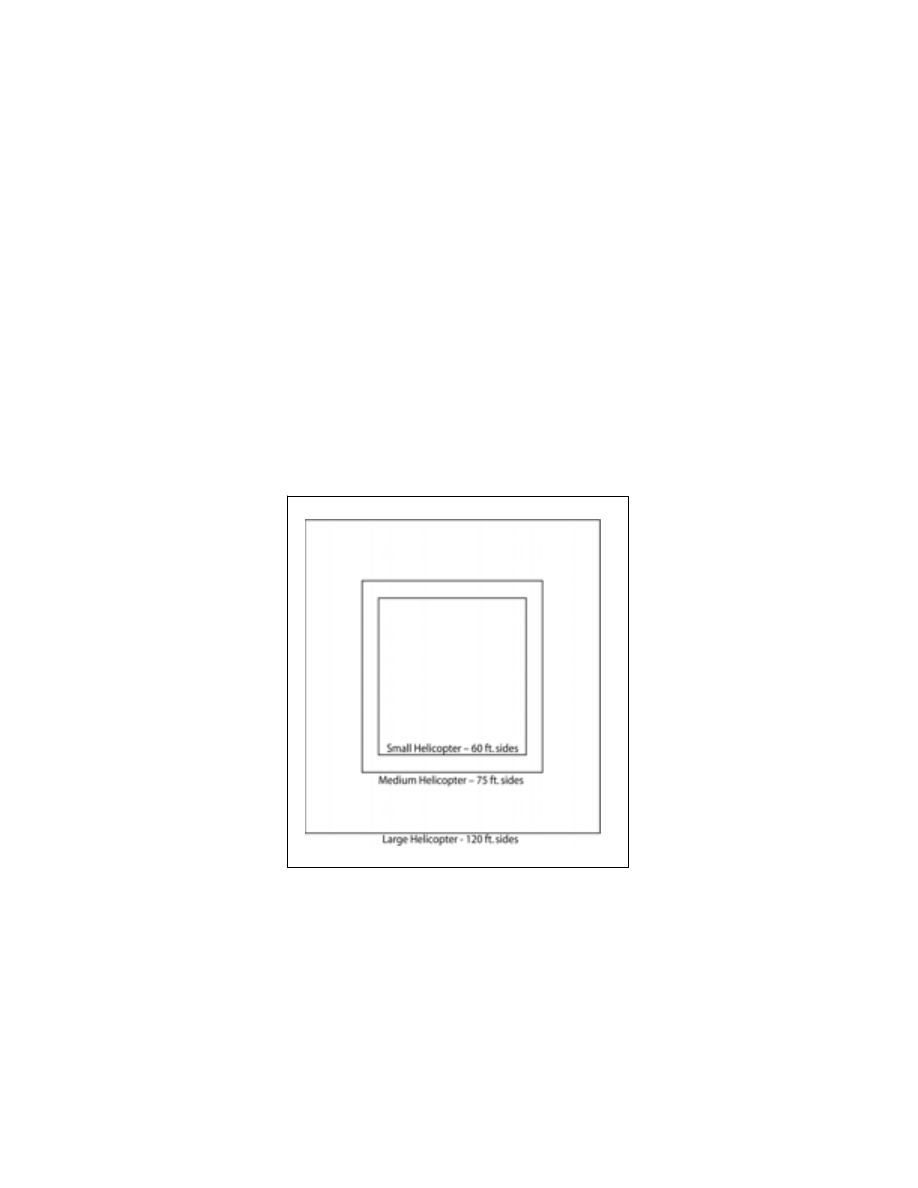
AIM
4/20/23
10
−
2
−
12
Special Operations
10
−
2
−
3. Landing Zone Safety
a.
This information is provided for use by helicopter emergency medical services (HEMS) pilots, program
managers, medical personnel, law enforcement, fire, and rescue personnel to further their understanding of the
safety issues concerning Landing Zones (LZs). It is recommended that HEMS operators establish working
relationships with the ground responder organizations they may come in contact with in their flight operations
and share this information in order to establish a common frame of reference for LZ selection, operations, and
safety.
b.
The information provided is largely based on the booklet, LZ
−
Preparing the Landing Zone, issued by
National Emergency Medical Services Pilots Association (NEMSPA), and the guidance developed by the
University of Tennessee Medical Center’s LIFESTAR program, and is used with their permission. For additional
information, go to
http://www.nemspa.org/
.
c.
Information concerning the estimation of wind velocity is based on the Beaufort Scale. See
http://www.spc.noaa.gov/faq/tornado/beaufort.html
for more information.
d. Selecting a Scene LZ
1.
If the situation requires the use of a helicopter, first check to see if there is an area large enough to land
a helicopter safely.
FIG 10
−
2
−
4
Recommended Minimum Landing Zone Dimensions
2.
For the purposes of FIG 10
−
2
−
4 the following are provided as examples of relative helicopter size:
(a)
Small Helicopter: Bell 206/407, Eurocopter AS
−
350/355, BO
−
105, BK
−
117.
(b)
Medium Helicopter: Bell UH
−
1 (Huey) and derivatives (Bell 212/412), Bell 222/230/430 Sikorsky
S
−
76, Eurocopter SA
−
365.
(c)
Large Helicopter: Boeing Chinook, Eurocopter Puma, Sikorsky H
−
60 series (Blackhawk), SK
−
92.
3.
The LZ should be level, firm and free of loose debris that could possibly blow up into the rotor system.
4.
The LZ should be clear of people, vehicles and obstructions such as trees, poles and wires. Remember
that wires are difficult to see from the air. The LZ must also be free of stumps, brush, post and large rocks. See
FIG 10
−
2
−
5.